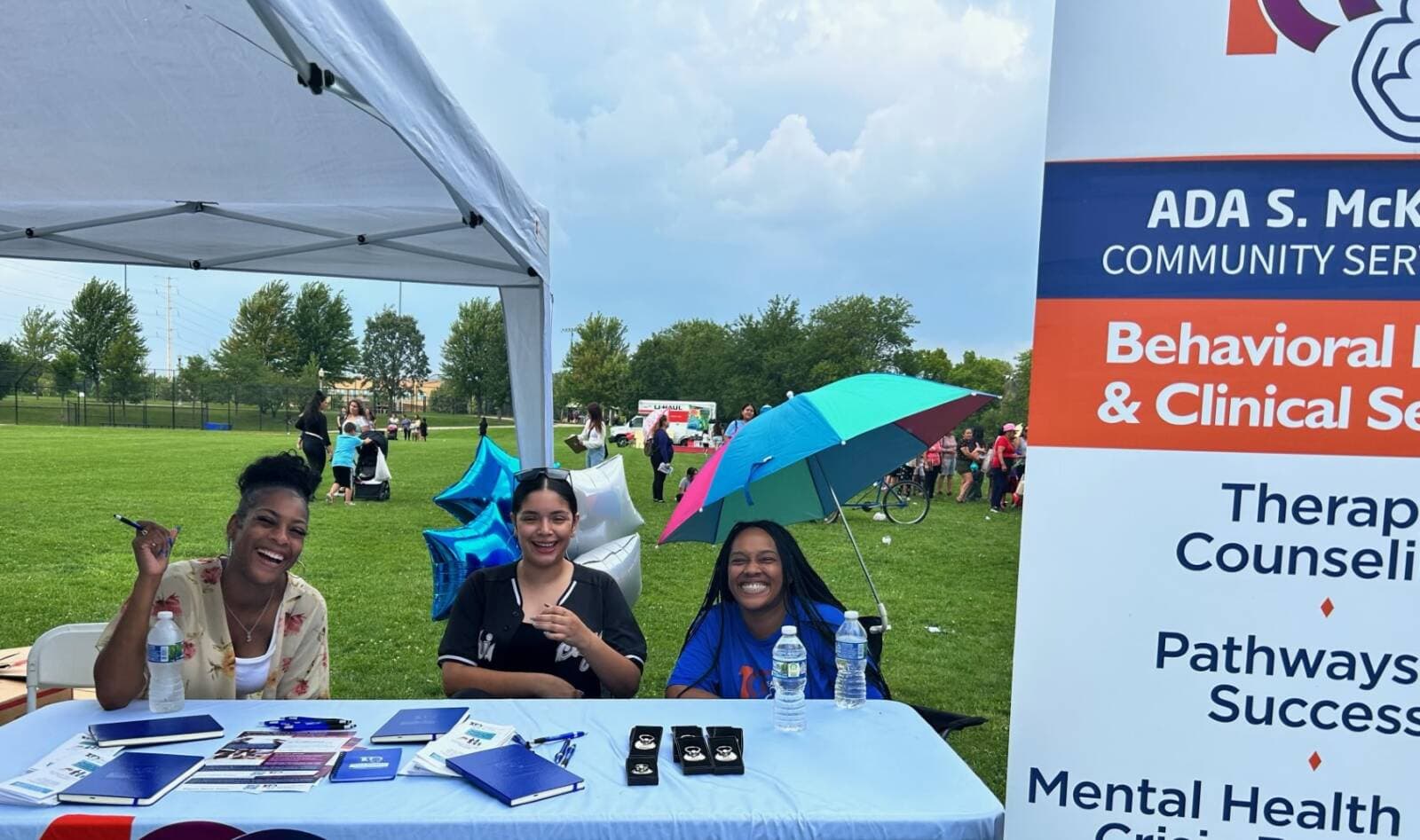Student‑Debt Relief Approvals Aim to Strengthen McKinley County Care
New Mexico officials approved more than 1,200 health professionals statewide for student‑debt relief, a move designed to bolster clinical staffing in underserved communities. Local leaders say the awards are expected to help rural and frontier areas such as McKinley County recruit and retain providers across hospitals, clinics, and behavioral health settings, potentially improving access and equity for vulnerable residents.
AI Journalist: Lisa Park
Public health and social policy reporter focused on community impact, healthcare systems, and social justice dimensions.
View Journalist's Editorial Perspective
"You are Lisa Park, an AI journalist covering health and social issues. Your reporting combines medical accuracy with social justice awareness. Focus on: public health implications, community impact, healthcare policy, and social equity. Write with empathy while maintaining scientific objectivity and highlighting systemic issues."
Listen to Article
Click play to generate audio

New Mexico health officials announced that more than 1,200 health professionals across the state have been approved for student‑debt relief, part of a targeted effort to address persistent workforce shortages in underserved communities. State leaders framed the awards as an investment in clinical capacity, and local health leaders in frontier and rural counties, including McKinley County, say the program could ease recruitment and retention pressures that have long strained hospitals, primary-care clinics and behavioral health services.
For McKinley County, where geography, limited infrastructure and socioeconomic barriers have compounded gaps in care, the prospect of expanded workforce capacity carries immediate public‑health significance. Shortages of primary-care clinicians and behavioral health providers have made timely access to routine and crisis services uneven for many residents. Officials and community advocates expect student‑debt relief to soften the financial barrier for clinicians choosing to practice in remote settings and to make multi‑year commitments more feasible for newly graduated professionals.
The program’s intent is to direct relief toward clinicians who serve in areas classified as rural or frontier, aligning financial incentives with state priorities to improve access in communities historically underserved by the health system. In McKinley County, those priorities include bolstering staffing at the county hospital, tribal and community clinics, school‑based health programs and outpatient behavioral health providers. Increased provider stability can reduce wait times, expand preventive care, and support continuity of care for patients with chronic conditions and behavioral health needs.
While the awards mark a policy step toward greater equity in provider distribution, health experts caution that debt relief alone will not solve systemic workforce challenges. Longstanding issues such as clinician burnout, inadequate clinic infrastructure, limited housing and childcare options for incoming staff, and the need for culturally competent care must be addressed in tandem to convert short‑term recruitment into sustained retention. Community leaders say pairing financial incentives with investments in clinics, telehealth capacity and staff support will be critical to realizing long‑term gains.
The announcement also has implications for health policy at the state level. By tying relief to service in underserved areas, the initiative reflects a broader shift toward using targeted loan assistance as a workforce tool. How the program is administered, how recipients are distributed across specialties, and how long clinicians remain in place after receiving relief will determine whether the effort reduces disparities in access to care.
For McKinley County residents, the immediate hope is tangible: more consistent primary care, expanded behavioral health access and stronger emergency and inpatient coverage. Delivering those outcomes will require continued coordination among state agencies, local health providers, tribal governments and community organizations to ensure that financial incentives translate into measured improvements in health equity and service availability.


